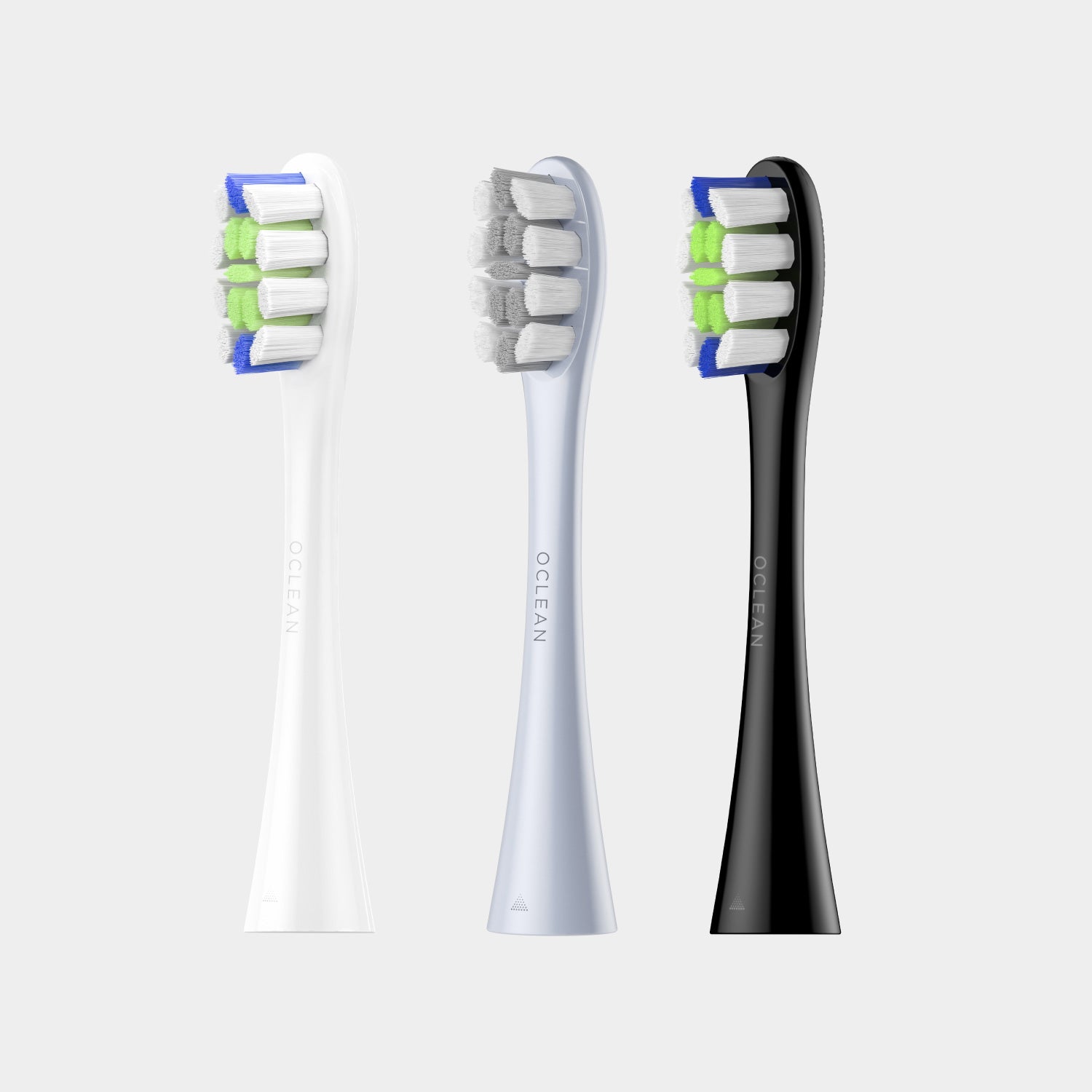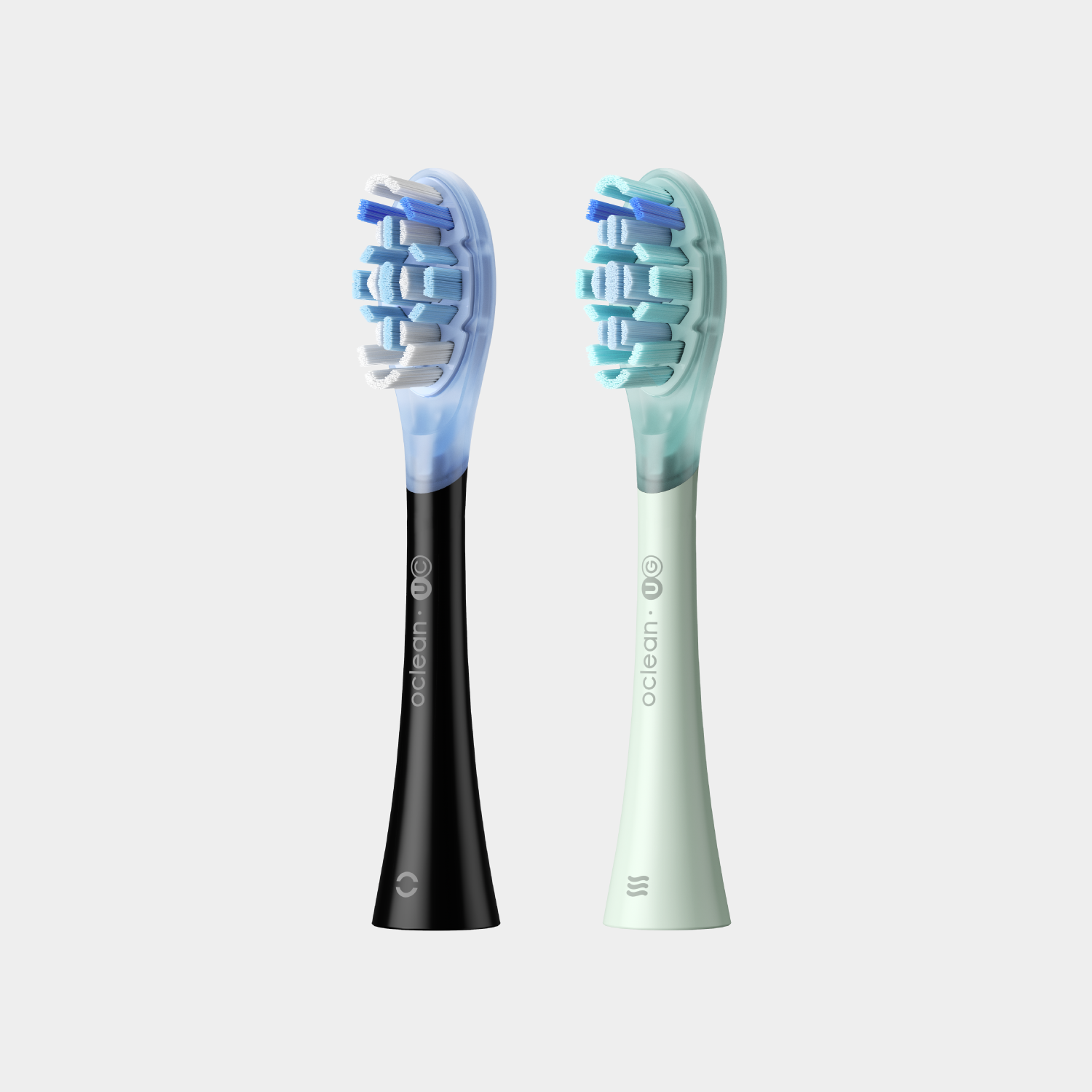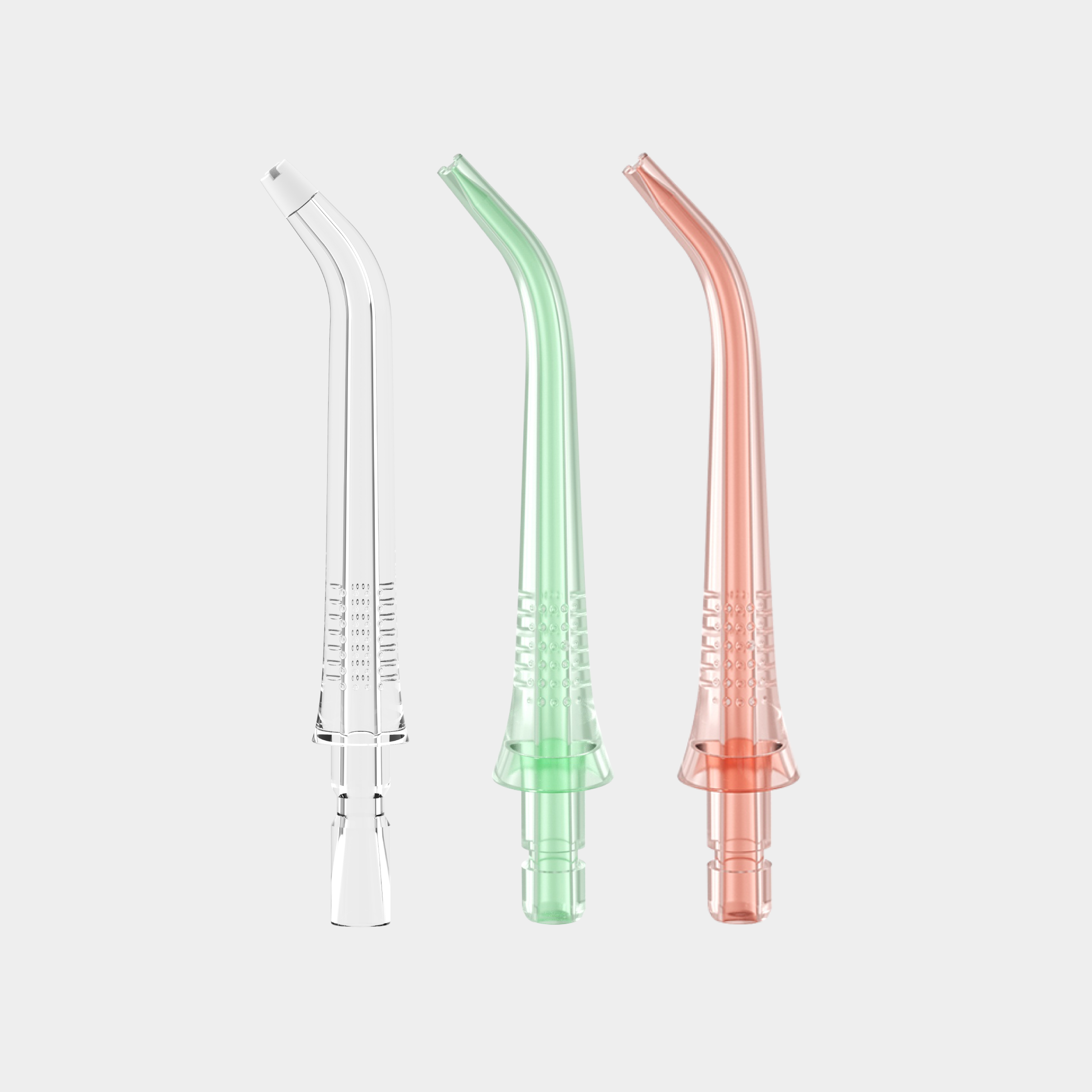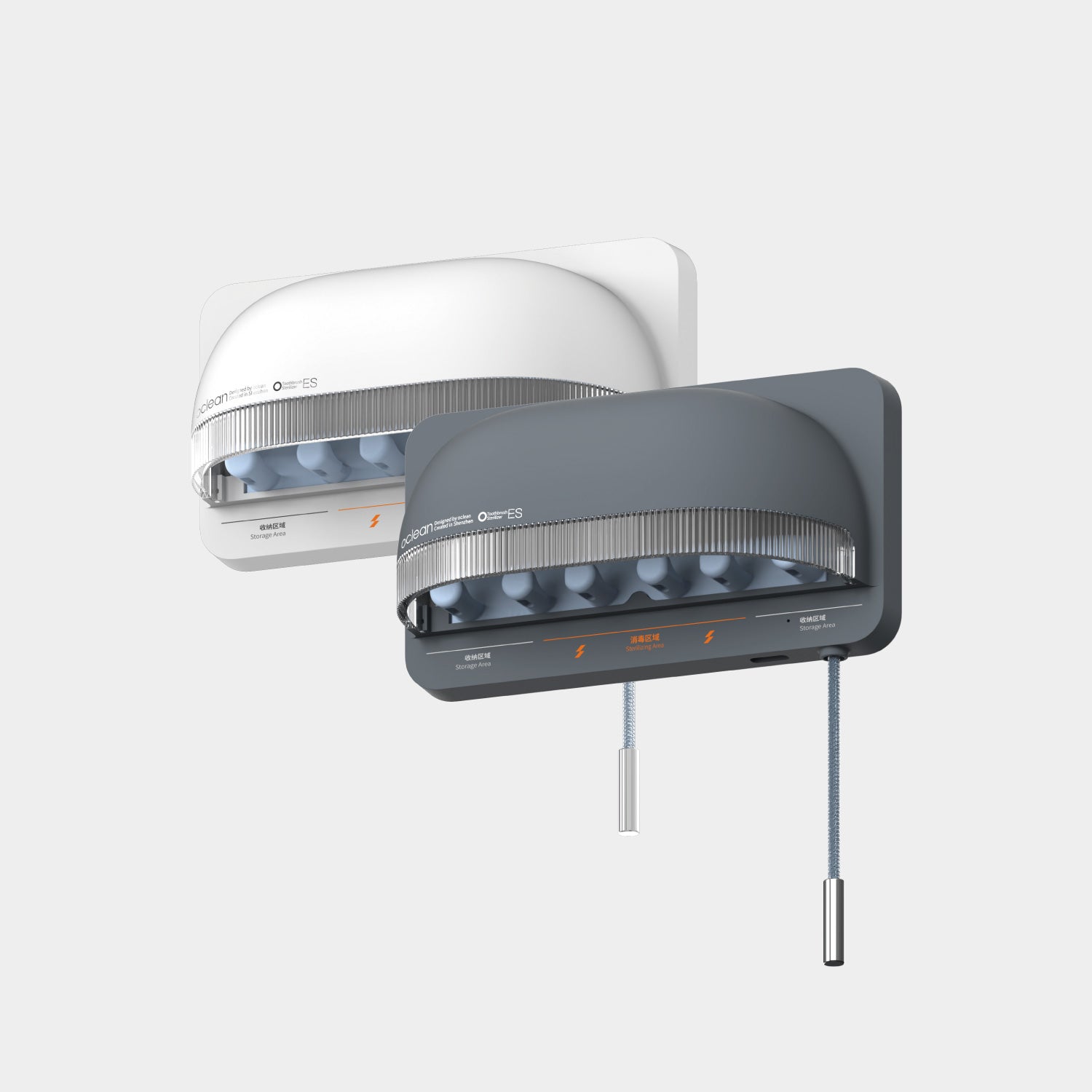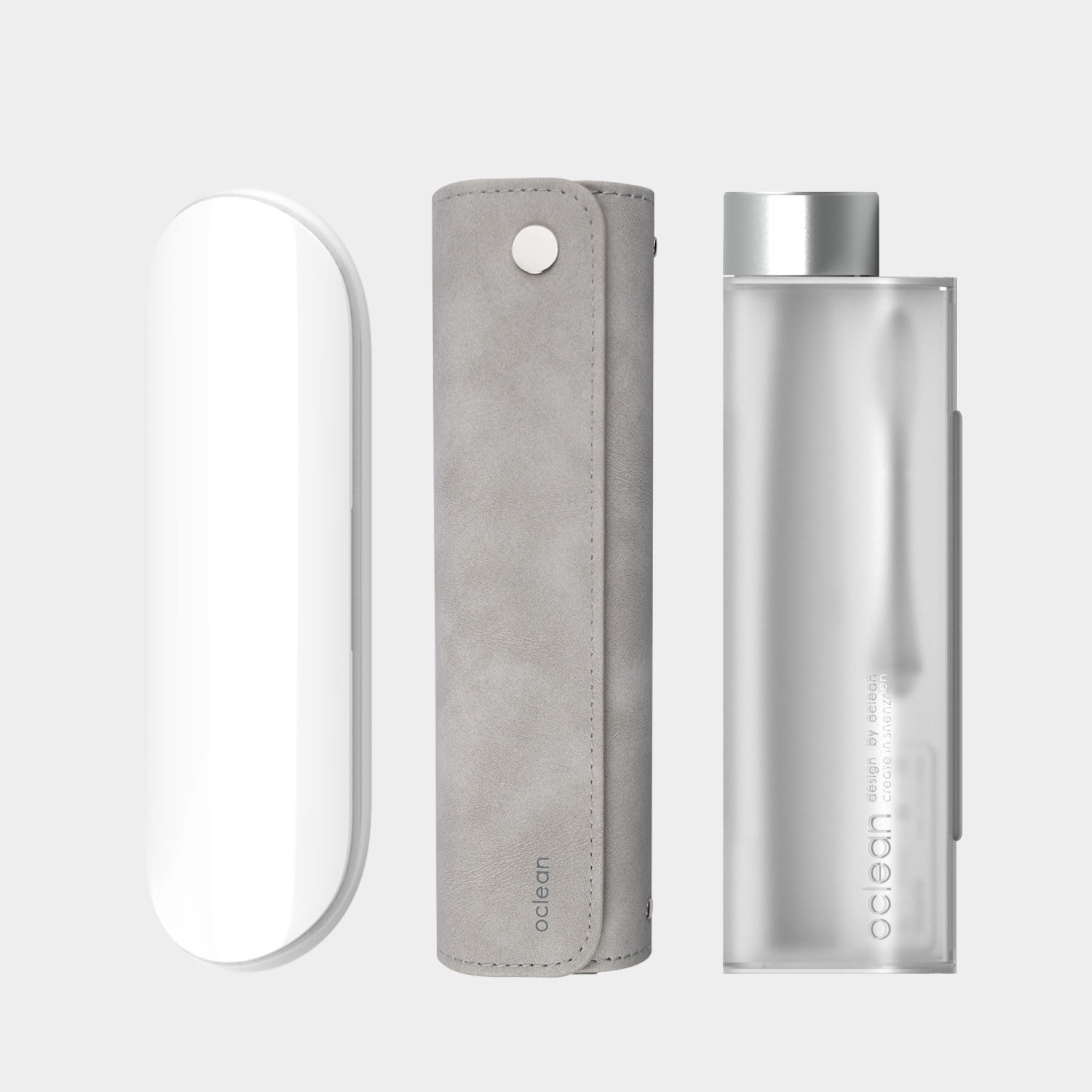If you’ve noticed generalized staining or hard stone-like deposits on your teeth, then it’s time you get your cleaning done by a dental professional. Keep reading to find out about the total time involved in dental cleaning, the procedure for dental cleaning and the consequences if not done timely. We will also tell you what you can do to avoid the pain associated with deep dental cleaning.
How long do cleanings take at the dentist
The time of dental cleaning varies case by case. Generally, it takes 30 minutes. However, it may take an hour or so if the gum disease is extensive. In such cases, two specialized cleaning procedures are usually a must. These specialized procedures include scaling and root planing. Both these procedures are discussed in the upcoming section.
Procedure for dental cleaning
Before examination, the dentist or a dental hygienist will record your medical and dental history in a paper-documented form. Then he will perform a BPE (Basic Periodontal Exam) and periodontal charting during the clinical examination. After this, the cleaning procedure will eradicate gingivitis, periodontitis or calculus. This would involve the following:
- Ultrasonic scaling– The term might sound scary to some of you, but it’s not. It involves the use of an ultrasonic scaler for the removal of calculus i.e. hard stone-like deposits on gums and teeth.
- Root planning– This procedure is only performed in advanced gingivitis and periodontitis cases. It involves using a manual instrument, curette, that removes the diseased cementum layer on the subgingival tooth surface.
In cases of advanced gum disease, after the above 2 procedures, your dental professional will prescribe some antibiotics as an adjunctive therapy. After this, you will be instructed to brush your teeth regularly, two times a day. Using an electric toothbrush will make oral care easy for you.
How often should you visit the dentist for deep dental cleaning
Dentist or a dental hygienist usually recommend dental cleaning twice a year. The recommended visit time should be followed religiously to avoid future dental problems.
One thing must be kept in mind that the time mentioned above holds true for the general population. However, if you consume red meat and drink sugary liquids like coke, you might require dental visits more often.
In addition to the eating and drinking habits, you might require frequent visits if you’re someone with a systemic problem like diabetes ~ as oral and systemic health are inter-related (a fact proven from research).

Is dental cleaning painful?
Generally, dental cleaning is a painless procedure. However, if you’re someone who doesn’t floss, you might experience discomfort during the cleaning procedure. This discomfort will be in the form of sensations that can annoy you.
Moreover, dental cleaning might cause mild to moderate tooth mobility in cases that involve gum disease. This mobility is only for a few days, as the gums would return to their physiologic position a few days after the cleaning procedure.
What can happen if a dental cleaning is delayed
A plethora of problems can occur if you skip the dental cleaning appointment. Some of these are mentioned below:
1. Gum Recession:
The delay in dental cleaning can lead to plaque formation and retention on the tooth surface. Over time, this plaque calcifies and forms hard stone-like deposits named calculus on the tooth. As the calculus grows it creates a space between the gums and teeth. The result is apical migration of gingiva i.e. recession of gums.
2. Bad Breath: (Halitosis)
As discussed earlier, plaque buildup occurs when dental cleaning is delayed. This plaque contains odour-producing bacteria that not only contribute to gum disease but also contribute to problems in social life.
3. Gingivitis:
Delayed dental cleaning can lead to inflammation of the gums, a.k.a. gingivitis. This is marked by bleeding on probing (BOP), a term used in diagnosing this disease.
4. Periodontitis:
Untreated gingivitis can progress to periodontitis i.e. inflammation of the periodontal tissues. Bone loss is a feature that marks the onset of this disease. This can gradually expose the furcation area of the tooth, thereby, contributing to other problems.
5. Tooth mobility:
Moveable teeth are another consequence of delayed dental cleaning. In such circumstances, it is usually the result of bone loss associated with periodontitis.
Can these pathologies be prevented
The problems mentioned above will not occur if cleaning is done every 6 months by a dental professional.
In addition, day-to-day maintenance of oral hygiene is also equally important. This can be achieved by brushing your teeth twice and flossing once daily. When it comes to brushing, an smart toothbrush can assist you in providing quality oral care. The two most widely used electric brushes are the rotating-oscillating toothbrush and a sonic toothbrush.
Below mentioned are the key reasons a sonic electric toothbrush is better than the rotating-oscillating one:
- FluidDynamic Technology:
The word “fluid dynamic” refers to the ability of a toothbrush to incorporate water and saliva around all the surfaces of the teeth. This technology is of utmost significance in teeth having tight contact points.
Oclean’s sonic electric toothbrush employs the use of this technology. A study published in the Journal of Clinical Periodontology proves the effectiveness of sonic electric toothbrushes employed with this technology.
- GreaterPower:
The sonic electric toothbrushes perform the same bristle movements as a rotating-oscillating toothbrush. The difference lies in the greater speed of 30,000 brushing motions per minute. This not only contributes to effective plaque removal but also plays its part in the fluid dynamic technology.
Bottom line:
Dental cleaning can take 30 minutes to an hour and varies from case to case. The procedure involves using an ultrasonic scaler and a curette (in some cases). Moreover, neglecting dental cleaning appointments can lead to multiple periodontal pathologies.
To achieve smooth oral prophylaxis, brush your teeth twice and floss once each day. Brushing teeth with a Oclean sonic electric toothbrush will effectively remove plaque and tartar from all the surfaces of your teeth.
*Cover image from Freepik@artursafronovvvv, we will delete it if constitutes infringement *



















































